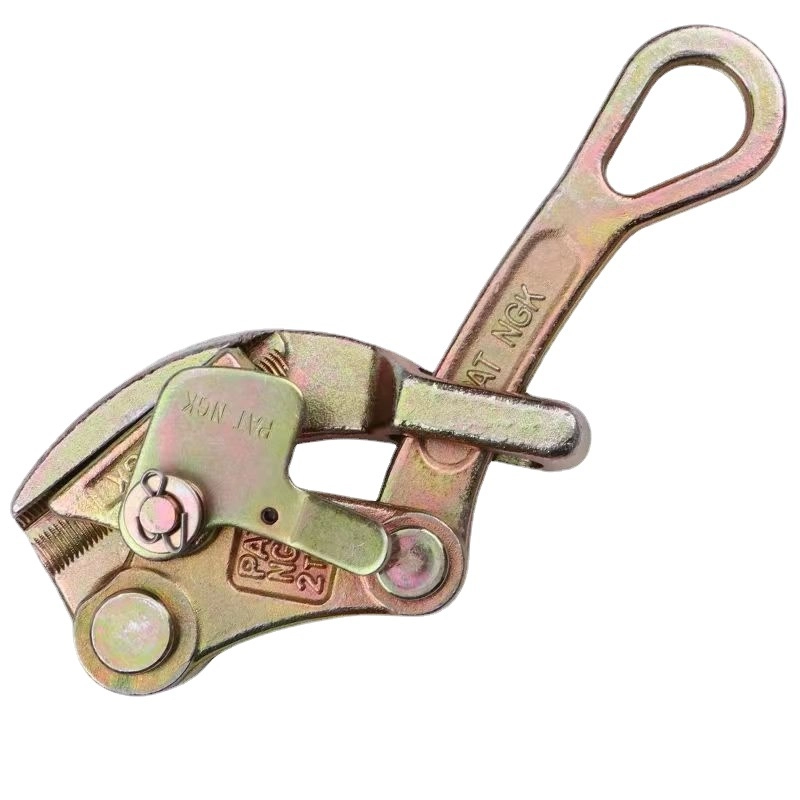
-
 Afrikaans
Afrikaans -
 Albanian
Albanian -
 Amharic
Amharic -
 Arabic
Arabic -
 Armenian
Armenian -
 Azerbaijani
Azerbaijani -
 Basque
Basque -
 Belarusian
Belarusian -
 Bengali
Bengali -
 Bosnian
Bosnian -
 Bulgarian
Bulgarian -
 Catalan
Catalan -
 Cebuano
Cebuano -
 Corsican
Corsican -
 Croatian
Croatian -
 Czech
Czech -
 Danish
Danish -
 Dutch
Dutch -
 English
English -
 Esperanto
Esperanto -
 Estonian
Estonian -
 Finnish
Finnish -
 French
French -
 Frisian
Frisian -
 Galician
Galician -
 Georgian
Georgian -
 German
German -
 Greek
Greek -
 Gujarati
Gujarati -
 Haitian Creole
Haitian Creole -
 hausa
hausa -
 hawaiian
hawaiian -
 Hebrew
Hebrew -
 Hindi
Hindi -
 Miao
Miao -
 Hungarian
Hungarian -
 Icelandic
Icelandic -
 igbo
igbo -
 Indonesian
Indonesian -
 irish
irish -
 Italian
Italian -
 Japanese
Japanese -
 Javanese
Javanese -
 Kannada
Kannada -
 kazakh
kazakh -
 Khmer
Khmer -
 Rwandese
Rwandese -
 Korean
Korean -
 Kurdish
Kurdish -
 Kyrgyz
Kyrgyz -
 Lao
Lao -
 Latin
Latin -
 Latvian
Latvian -
 Lithuanian
Lithuanian -
 Luxembourgish
Luxembourgish -
 Macedonian
Macedonian -
 Malgashi
Malgashi -
 Malay
Malay -
 Malayalam
Malayalam -
 Maltese
Maltese -
 Maori
Maori -
 Marathi
Marathi -
 Mongolian
Mongolian -
 Myanmar
Myanmar -
 Nepali
Nepali -
 Norwegian
Norwegian -
 Norwegian
Norwegian -
 Occitan
Occitan -
 Pashto
Pashto -
 Persian
Persian -
 Polish
Polish -
 Portuguese
Portuguese -
 Punjabi
Punjabi -
 Romanian
Romanian -
 Russian
Russian -
 Samoan
Samoan -
 Scottish Gaelic
Scottish Gaelic -
 Serbian
Serbian -
 Sesotho
Sesotho -
 Shona
Shona -
 Sindhi
Sindhi -
 Sinhala
Sinhala -
 Slovak
Slovak -
 Slovenian
Slovenian -
 Somali
Somali -
 Spanish
Spanish -
 Sundanese
Sundanese -
 Swahili
Swahili -
 Swedish
Swedish -
 Tagalog
Tagalog -
 Tajik
Tajik -
 Tamil
Tamil -
 Tatar
Tatar -
 Telugu
Telugu -
 Thai
Thai -
 Turkish
Turkish -
 Turkmen
Turkmen -
 Ukrainian
Ukrainian -
 Urdu
Urdu -
 Uighur
Uighur -
 Uzbek
Uzbek -
 Vietnamese
Vietnamese -
 Welsh
Welsh -
 Bantu
Bantu -
 Yiddish
Yiddish -
 Yoruba
Yoruba -
 Zulu
Zulu


Nov . 23, 2024 05:18 Back to list
installing an earth rod
Installing an Earth Rod A Comprehensive Guide
Installing an earth rod is a critical procedure for ensuring electrical safety in residential and commercial buildings. An earth rod, also known as a ground rod, provides a pathway for excess electrical charge to dissipate into the ground, protecting both people and equipment from electrical faults. This article outlines the steps and considerations involved in properly installing an earth rod.
Understanding the Purpose of an Earth Rod
Before diving into the installation process, it’s vital to understand the function of an earth rod. An earth rod mitigates the risk of electric shock by providing a low-resistance route for fault currents to flow into the ground. This is especially important during lightning strikes or electrical surges, where excess voltage needs to be safely redirected. By installing an earth rod, one enhances both the safety and performance of their electrical system.
Choosing the Right Location
The first step in installing an earth rod is selecting an appropriate location. Ideally, the rod should be positioned near the main electrical panel while ensuring it is at least 10 feet away from any building foundation. This distance minimizes the risk of lightning strikes affecting the structural integrity of the building. Moreover, the ground should be relatively moist—areas with sandy or rocky soil may require additional measures to ensure effective grounding.
Gathering Necessary Tools and Materials
To install an earth rod, you will need several tools and materials
- An earth rod (usually made of copper or galvanized steel, 8 to 10 feet in length) - A hammer or impact driver - A grounding clamp - A wire cutter/stripper - Copper or aluminum grounding wire (connecting the rod to your electrical system) - A tape measure and a shovel (for trenching if required)
installing an earth rod

Installation Steps
1. Drive the Earth Rod Begin by driving the earth rod into the ground using a hammer or an impact driver. The rod should be placed vertically and driven deep enough that the top is below the ground level. Leaving about 1-2 inches above the ground is acceptable for attaching grounding wire.
2. Connect the Ground Wire Once the rod is installed, attach a grounding clamp to the top of the rod. Then, connect the grounding wire to the clamp. Ensure that the connection is secure to prevent any loosening over time.
3. Connect to the Electrical Panel Route the grounding wire to the main electrical panel. Strip the end of the wire and connect it to the designated grounding terminal in the panel. This establishes a direct path for fault currents to travel from the electrical system into the earth rod.
4. Testing and Verification To ensure a successful installation, test the grounding system using a multimeter or a specialized ground resistance tester. A reading below 25 ohms is typically acceptable; lower values indicate better grounding.
Final Considerations
After installation, ensure that the area around the earth rod is clear and that the rod is not exposed to potential physical damage. Regular inspections and checks can help maintain the integrity of your grounding system. If uncertainties arise during installation, consulting a qualified electrician is advisable to ensure compliance with local electrical codes and safety standards.
By following these guidelines, you will significantly enhance the electrical safety of your premises.
Latest news
What Are Construction Tools and How Are They Used?
NewsJul.11,2025
Professional-Grade Duct Rodding Tools for Superior Cable Installation
NewsJul.11,2025
Enhancing Safety and Efficiency with Modern Hot Stick Solutions
NewsJul.11,2025
Empowering Cable Installation with Advanced Rodder Solutions
NewsJul.11,2025
Elevate Your Cable Installation Projects with Cable Pulling Tools
NewsJul.11,2025
Efficient Cable Handling Solutions: Cable Rollers for Sale
NewsJul.11,2025











